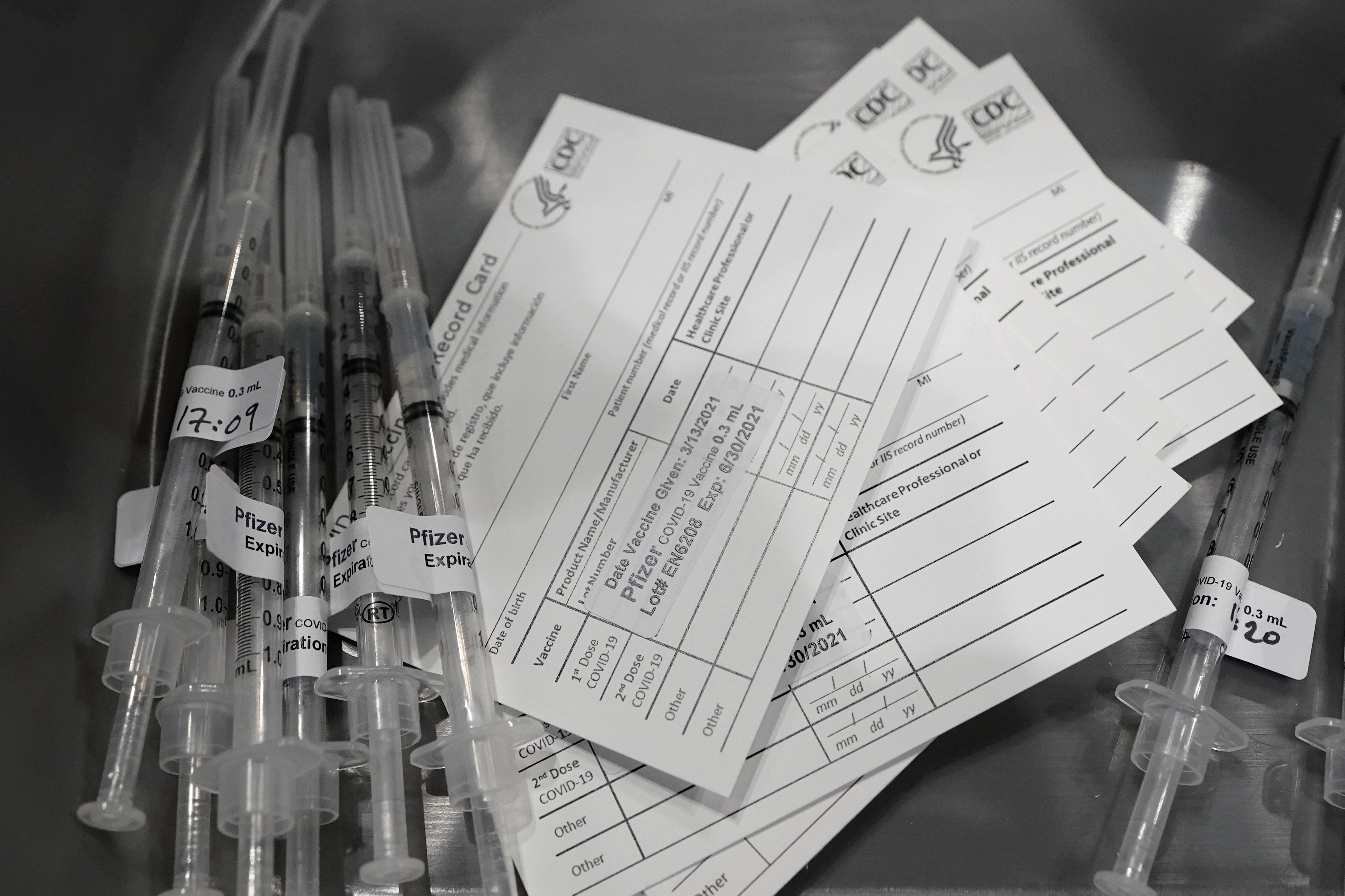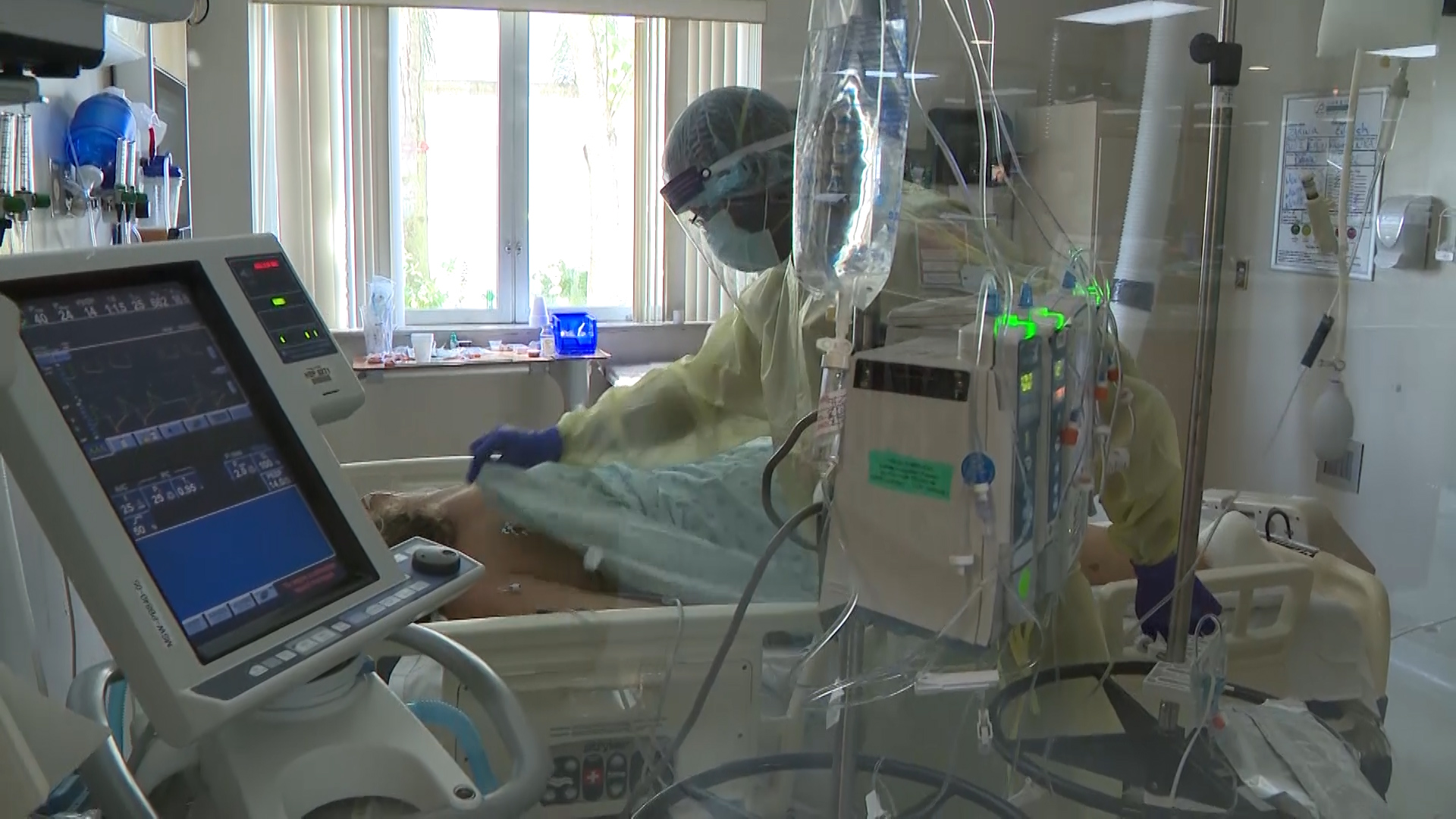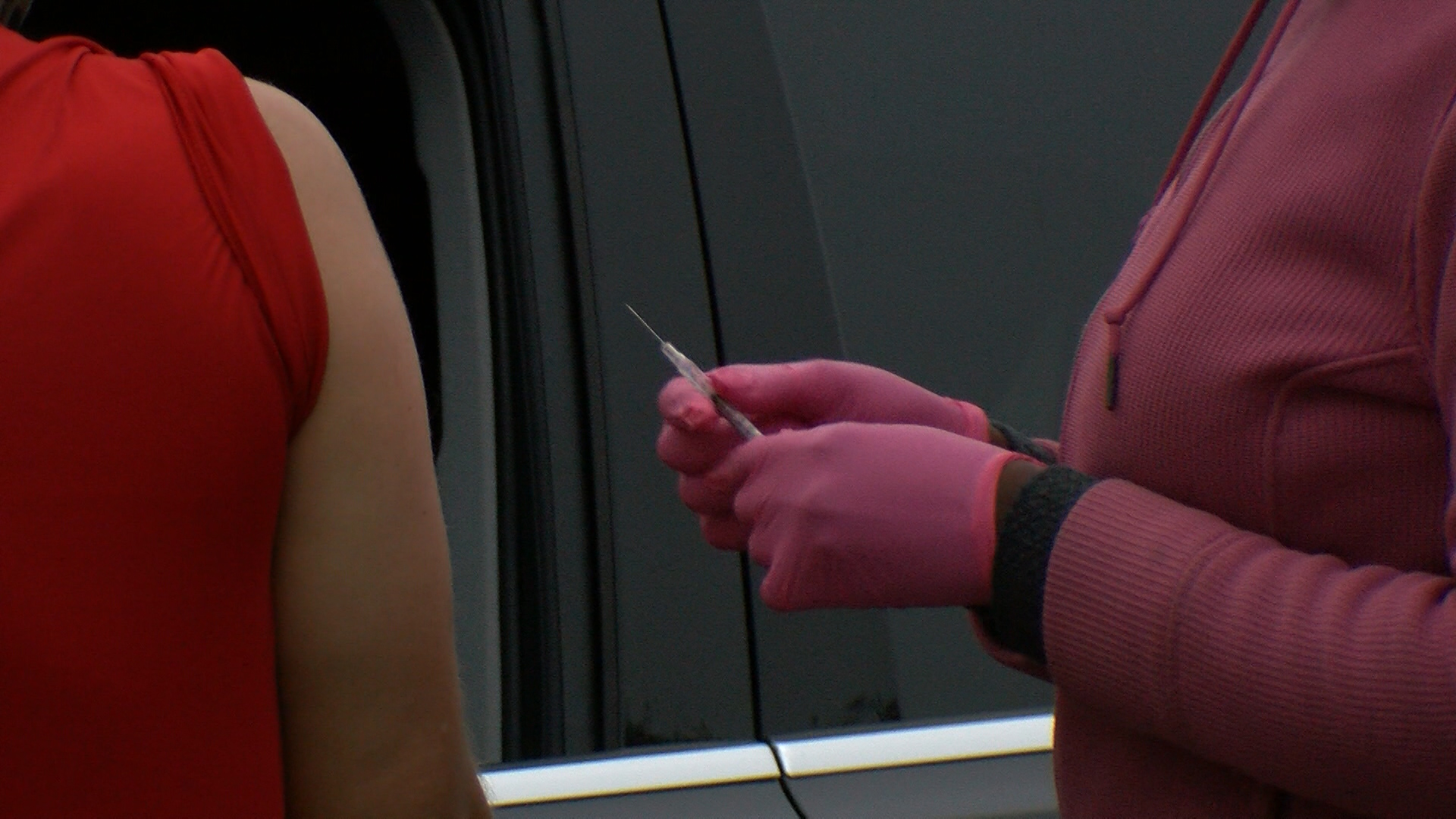TAMPA, Fla. (WFLA) — The fight against COVID-19 continues across the United States, and while vaccinations remain the main protocol for slowing the spread, viral variants have changed the battle as breakthrough cases continue to cause concern.
A breakthrough case is a COVID-19 infection that happens despite being vaccinated. Recent research by the U.S. Centers for Disease Control and Prevention showed that being unvaccinated makes the risk of harm or death from COVID-19 much higher, increasing the chance of death by as much as 11 times.
Some of those who remain unvaccinated have cited concerns over efficacy and safety for the shots both preventing the vaccine and causing other medical issues.
The differences between the coronavirus of 2020 versus the more infectious delta variant has led to higher case numbers and hospitalizations, in addition to lack of vaccination. As it stands, only 54% of Americans have been fully vaccinated, as of CDC data through Sept. 14.
Vaccines vs. COVID-19
When the Pfizer, Moderna and Johnson & Johnson vaccines were first given emergency use authorization for COVID-19, the two-dose vaccines were the stronger defense against the coronavirus.
When first authorized, Pfizer was listed as 91% effective against COVID, and Moderna was 94.1% effective. Coming slightly later, the Johnson & Johnson single-dose shot was listed as between 72% and 74.4% effective in U.S. analyses, according to the U.S. Food and Drug Administration.
Now with delta on the rise, new data shows some slight changes in efficacy against the more aggressive version of the virus. Pfizer BiNTech’s Comirnaty COVID-19 vaccine was the first of the three vaccines in the U.S. to receive full authorization status, given on Aug. 23 for anyone 12 and older.
Under emergency use authorization, it is also available as a third-shot booster for those 12 to 15, and the immunocompromised.
Vaccine vs. variant
While vaccines have proven effective, it is important to note that the efficacy of each of the three main vaccines is different between the versions of COVID-19. Since Delta is the predominant version afflicting the nation right now, we’ll look at how each of the vaccines holds up against it.
According to a study by the CDC published on Sept. 10, “Across all ages, VE was significantly higher among Moderna vaccine recipients (95%) than among Pfizer-BioNTech (80%) or Janssen (60%) vaccine recipients.”
For the sake of the report, VE means Vaccine Efficacy.
The same study showed that overall, the unvaccinated are at higher risk for everything from infection to hospitalization to death from COVID-19.
Put another way by BayCare Health System in a report on breakthrough infections, “Unvaccinated individuals were 4.5 times more likely to get COVID-19; 10 times more likely to be hospitalized from COVID-19; and 11 times more likely to die from a COVID-19 infection.”
Hospitalizations and vaccinations
The Sept. 10 CDC report showed that for patients who had been vaccinated against COVID-19, “VE against COVID-19 hospitalization was 86%.” In basic terms, vaccines are 86% effective at reducing hospitalization, or “encounters” at emergency rooms and urgent care centers.
Between all three vaccines, Pfizer was 55.3% effective, Moderna was 38.8% effective, and J&J was 6% effective against Emergency Department encounters, or EDs.
According to the same data, for Urgent Care, or UC, encounters, the vaccines’ efficacies were slightly different, with Pfizer showing a 53.6% rate, Moderna showing 36.1% and J&J showing 10.3%.
Still, the report shows that among adults who were hospitalized for COVID-19, 18.9% were unvaccinated compared to 3.1% of the patients surveyed who were fully vaccinated.
Of those hospitalized with ED or UC encounters for COVID-19, the median patient age was 65-years-old. Overall, adults with ED or UC encounters for what is called COVID-19-like illness, the median age for patients was 43 years old, laboratory results later confirming COVID-19 infections among 28.9% of the unvaccinated and 7% of the fully vaccinated patients.
“VE was highest among Moderna vaccine recipients (92%), followed by Pfizer-BioNTech vaccine recipients (77%), and was lowest (65%) for Janssen vaccine recipients,” according to the CDC.












